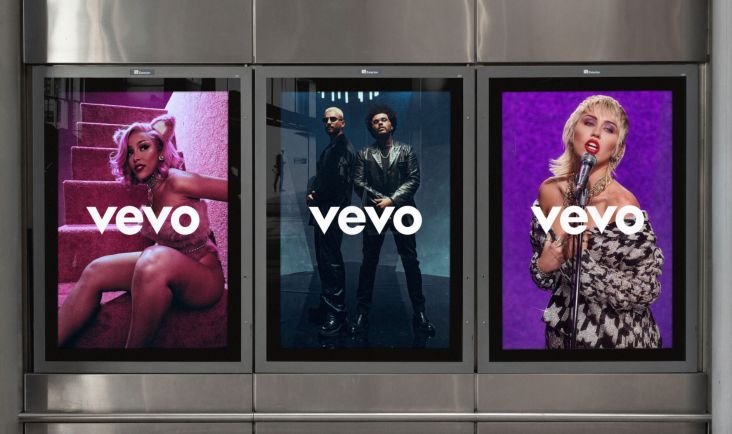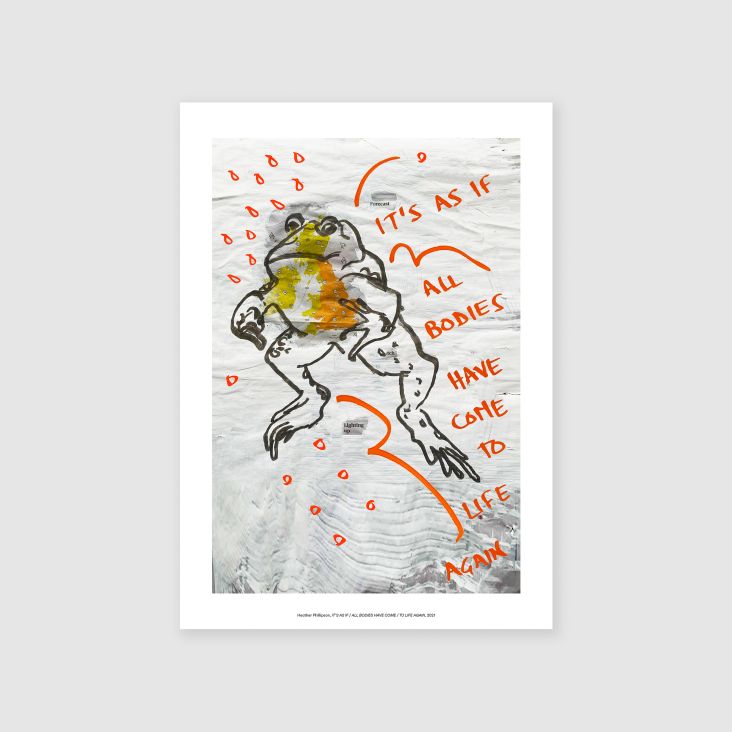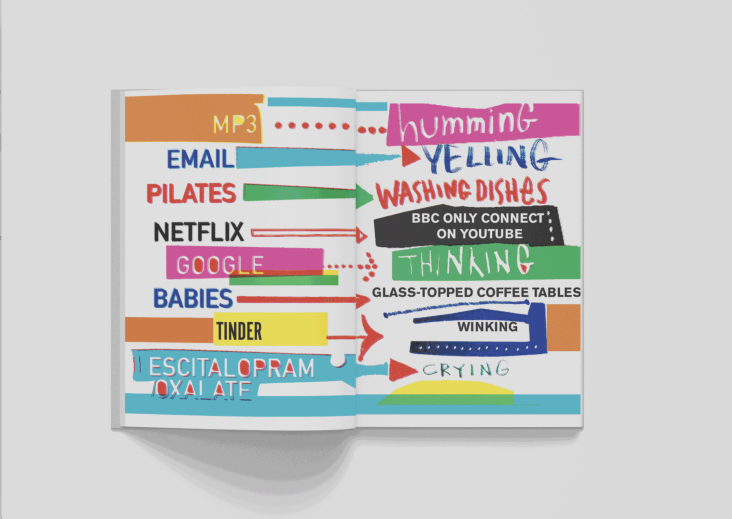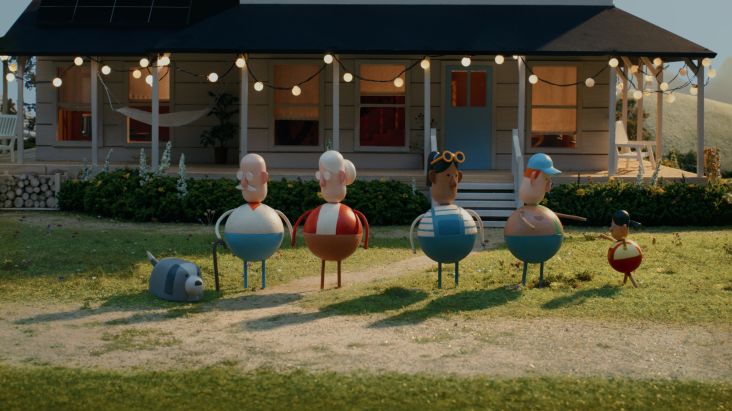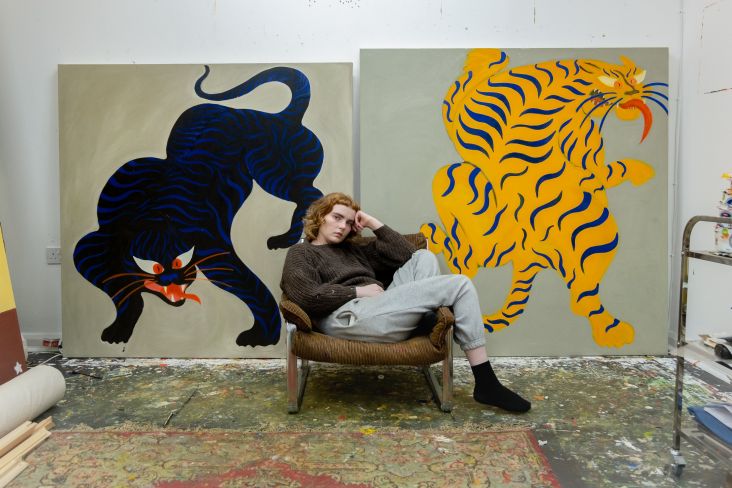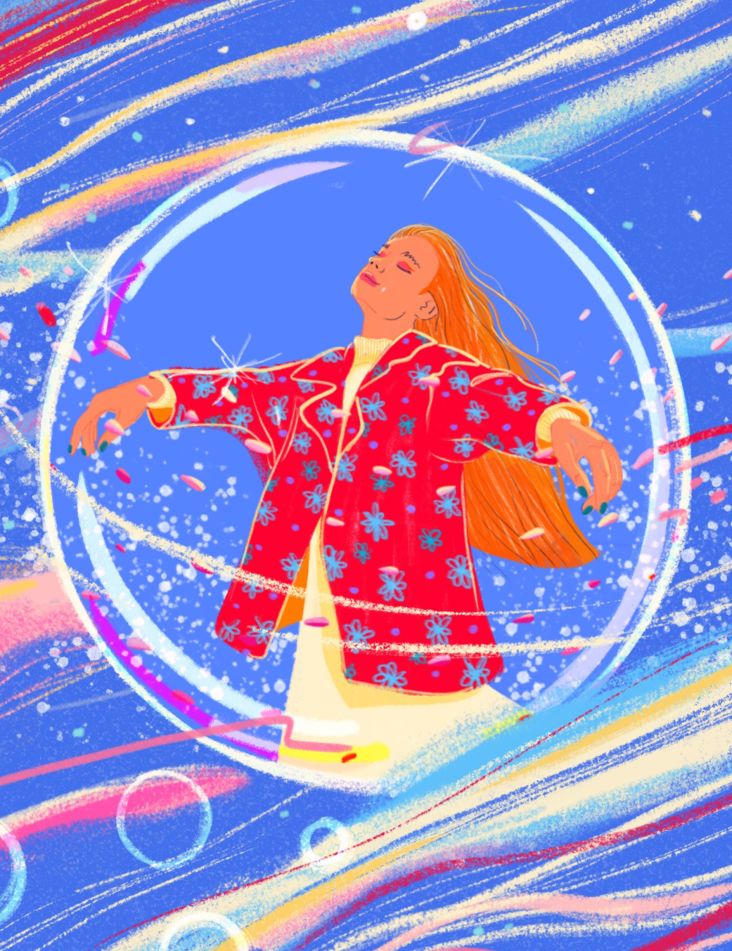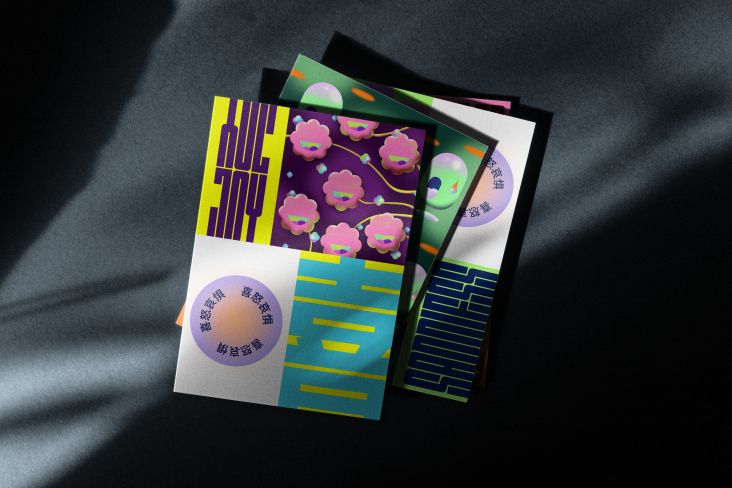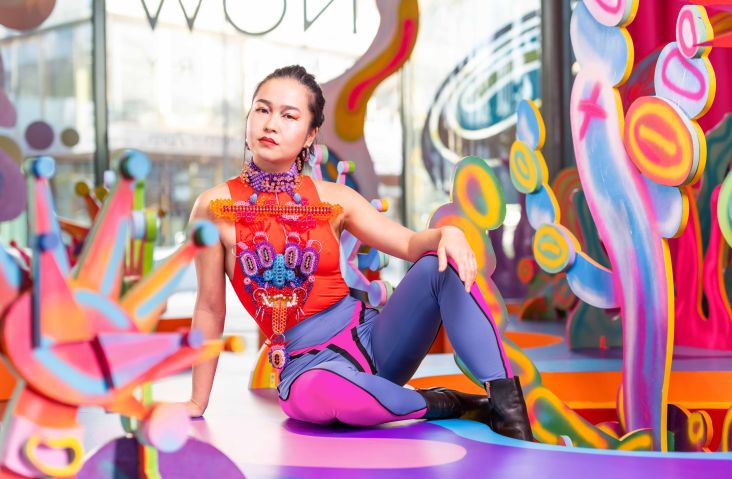Get inspired by these amazing design projects, all 2021 winners in the Indigo Design Awards
Do you ever feel you don't get enough recognition for your work? Then you're not alone. But you can do something about it by entering it for an award. As they say: you have to be in it, to win it.
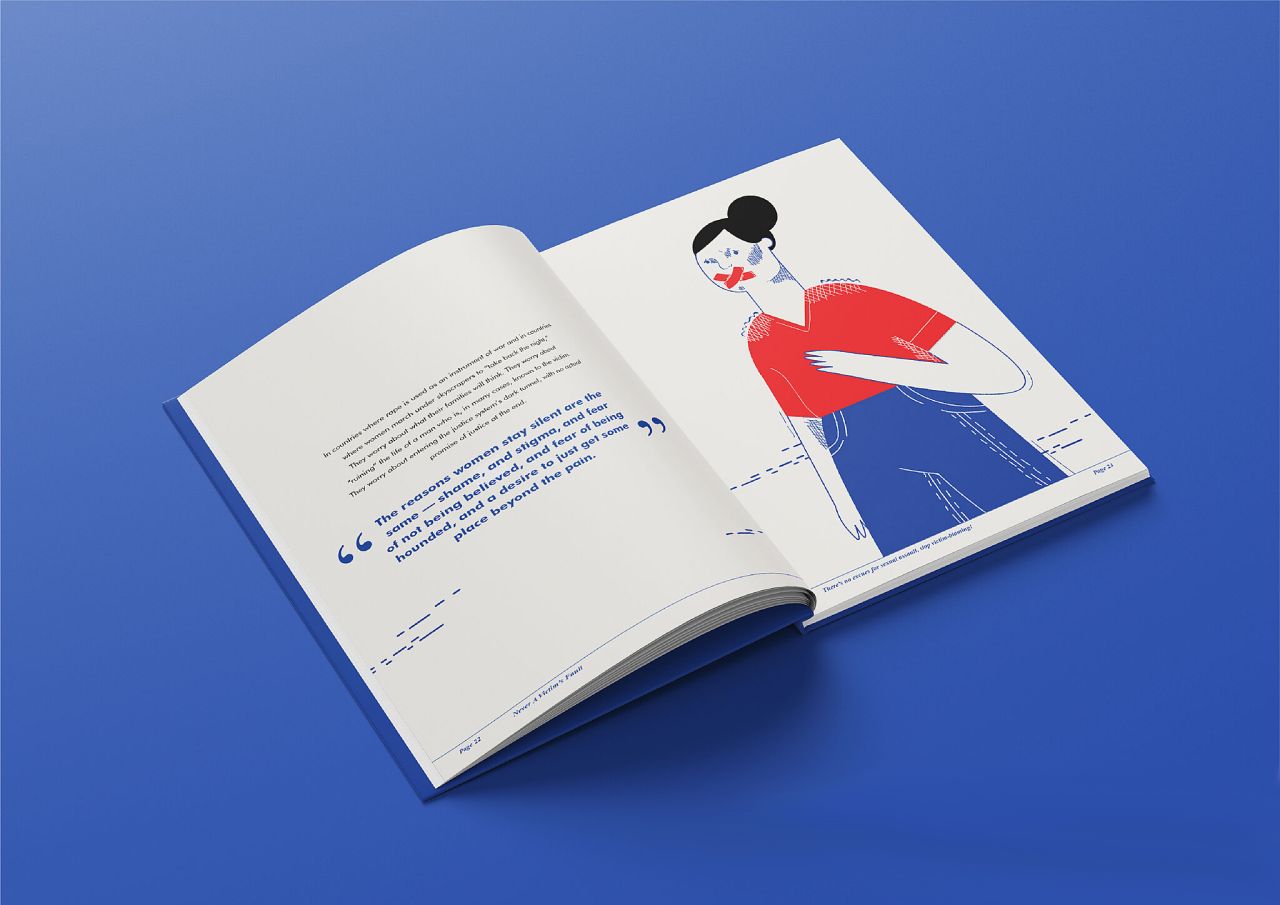
Never A Victim's Fault by Tiffany Gouw
Held annually, the Indigo Design Award is a global contest for projects in the fields of graphic design, digital, mobile, and branding. Conceptual and completed designs that are five years old or less are eligible to enter one of six categories: graphic design, digital design: UX and UI, mobile design, branding, and design for social change.
An esteemed jury will judge your work, who have all made innovative contributions in the digital design world. And the organisers stress they are looking for original and imaginative work. In their own words: "Just as the indigo orchid stands out from nature's palette with its rare and special beauty, we are looking for exceptional projects that shine with an uncommon artistry."
You only have until 30 November to enter and take advantage of this year's extended Early Bird deadline. You'll find full details of how to do so here. In the meantime, here's some of the best work from last year's winners to inspire you.
Digital Design of the Year winner: Live Subway Maps by Work & Co
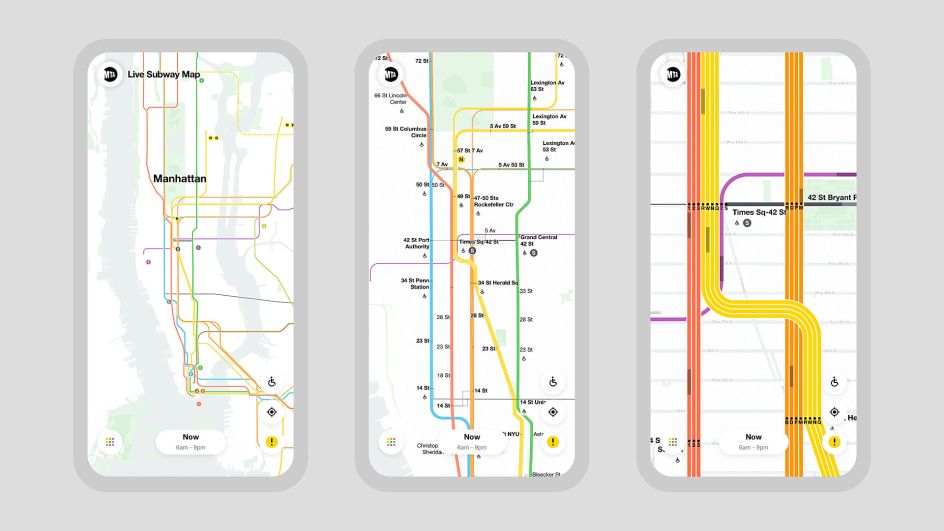
We've all struggled with finding our way around public transportation in an unfamiliar city. And so, Live Subway Maps is a worthy winner in 2021's Digital Design category. It's the result of the MTA (Metropolitan Transportation Authority) coming together with the Transit Innovation Partnership to create the first real-time, live map of the New York subway system. The app uses the geometric clarity of Massimo Vignelli's diagram with the geographical and organic curves by Hertz, but it powers it with technology to make a map more appropriate for our time.
Mobile Design of the Year: The Trip App by Z1 and Field Trip
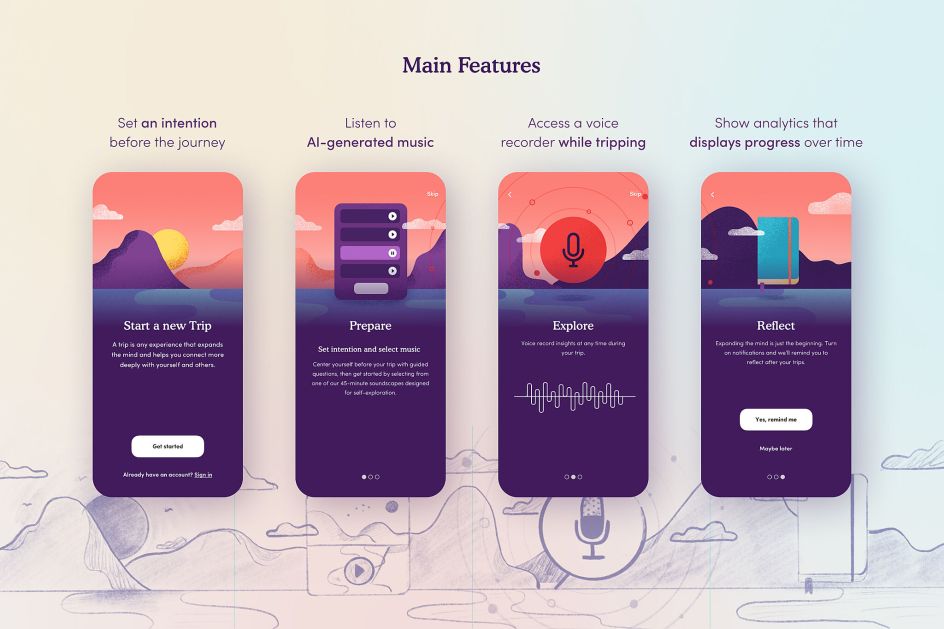
Legal therapies based on the safe consumption of psychedelics are one of the most exciting areas of psychology practice right now. And so, Field Trip, a leading company in the sector, teamed up with digital product studio Z1 to create Trip, a supportive digital tool for those who are seeking altered states of consciousness for personal growth but may not have access to one of their clinic-based therapy programs. Created by a team led by Manuel Ortega, the app lets you set an intention before the journey, listen to AI-generated music, access a voice recorder while tripping, study analytics that displays your progress over time, and read educational content based on scientific research and shamanic wisdom.
Graphic Design winner: The Guide by Shillington Education
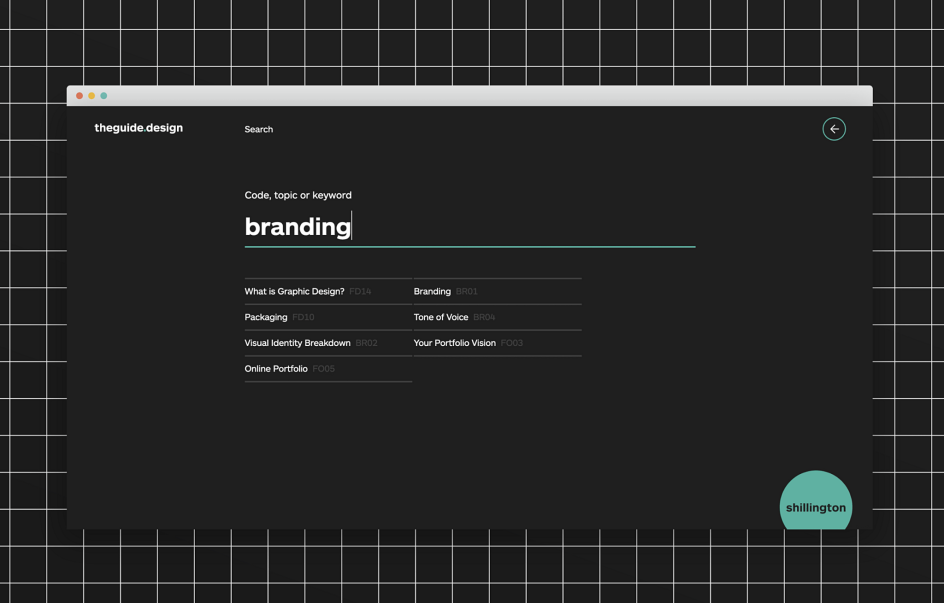
The key to digital design is making it easy to find the right information quickly, and here's a great example. The Guide, created by Anthony Wood, Shanti Sparrow and Emily Comfort, is an online platform that showcases supporting material for the Shillington Graphic Design course.
That includes over 20 years of content created by hundreds of teachers globally, including over a thousand printed handouts, technical tips, industry best practices, case studies and career guidance, which is a lot of content to sift through. Hence The Guide, which is available to Shillington students and alumni, makes thoughtful and brilliant use of UI design to make everything easily accessible and searchable.
Design for Social Change of the Year: Verified: Fighting misinformation on Covid-19 by Purpose
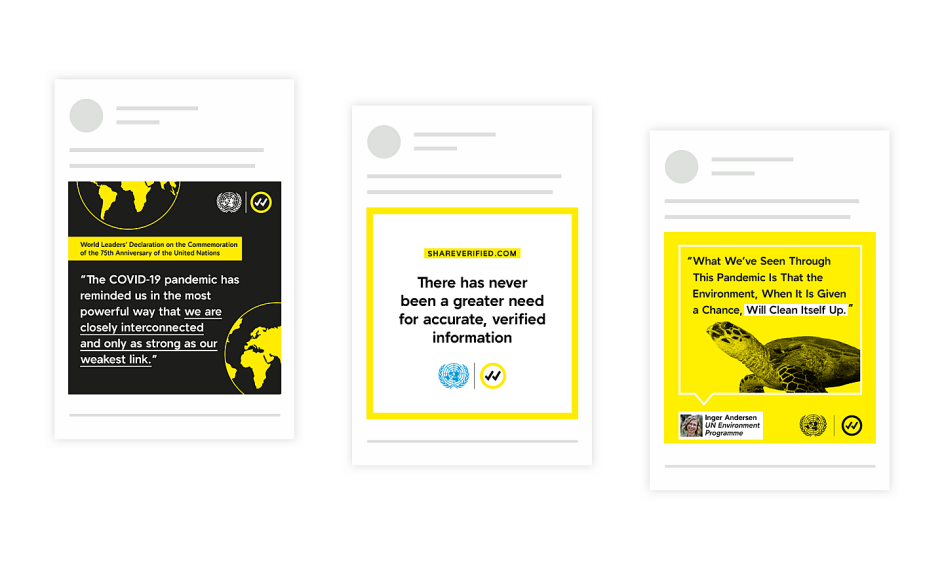
With the Pandemic being the biggest story of the decade, indeed most of our lifetimes, it's no surprise that this was the big focus in the Social Change of the Year. But with so many Covid-related projects to choose from, the winner in this category had to be very special indeed. The prize went to Purpose, which teamed up with the United Nations to launch Verified, a global communication initiative working with UN agencies, UN Information Centers, influencers, civil society, social media platforms, business and media companies to fight Covid misinformation. To date, the campaign has reached one billion people in over 130 countries, in collaboration with over 250 organisations.
Freelancer of the Year: Sunne by Kees Bakker
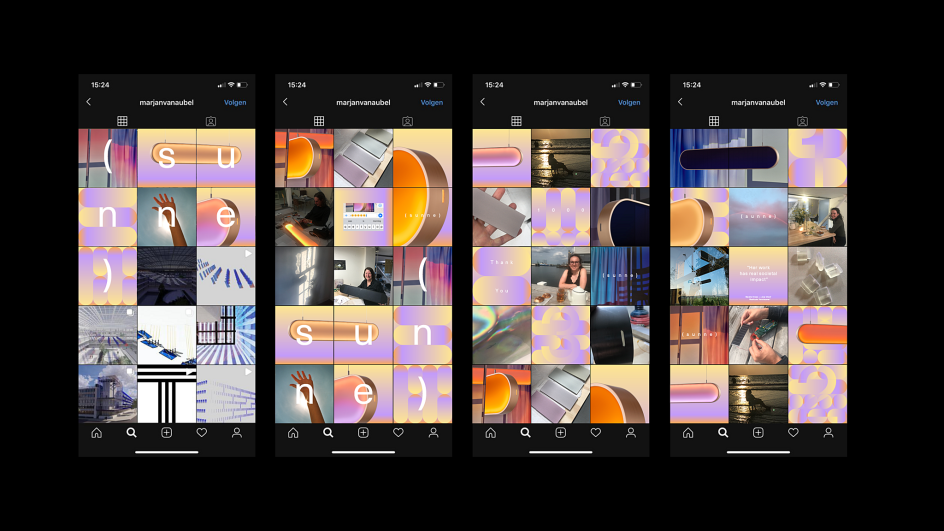
It's not just agencies who can win an Indigo Design Award, which is most obvious in the Freelancer of the Year category. This year, the top prize went to Kees Bakker for her designs for Sunne, a Kickstarter-backed solar light that can be hung in front of your window. After charging during the day, the light can be used in the evening to brighten your room in three settings: sunne rise, sunne light, and sunne set. The campaign graphics and logo are a play on the shape and colours of the solar light and communicate a bright, upbeat and optimistic future.
Discovery of the Year: Never A Victim's Fault by Tiffany Gouw
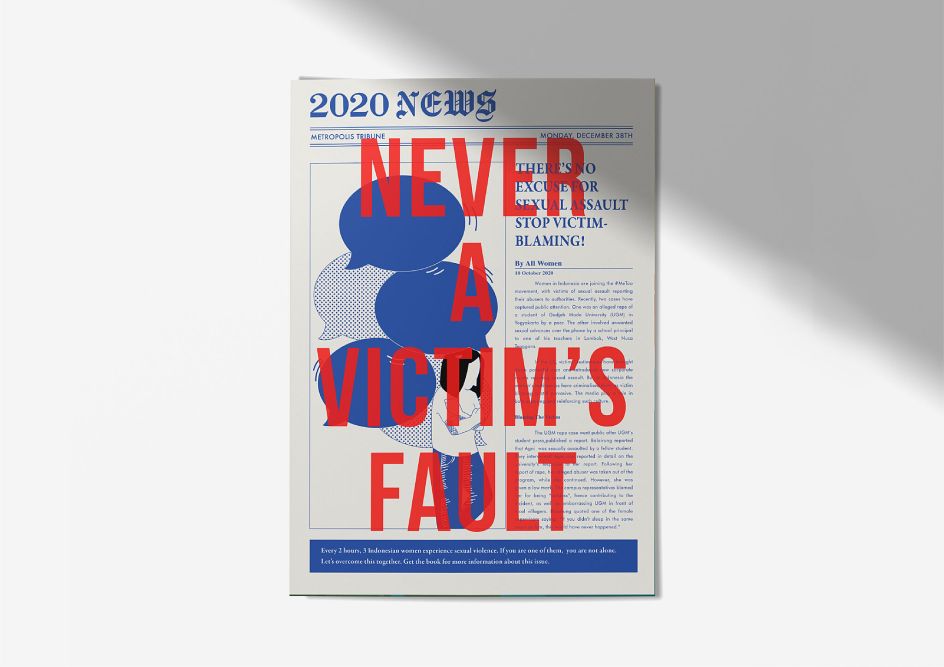
In some parts of the world, including Indonesia, victims of rape are routinely blamed for their assault. This project by Tiffany of Raffles Design Institute, Singapore, aims to highlight this issue, encourage those who experienced sexual violence to speak up, let them know they're supported, and ultimately end the culture of victim-blaming. This project also aims to guide women on how to deal with this issue in the future. Tiffany's main aim was to remind people it's never a victim's fault and to encourage those who ever experienced sexual violence to speak up and let them know that they are not without help and support.
Branding of the Year: Grace Sunset Collection by Not Real
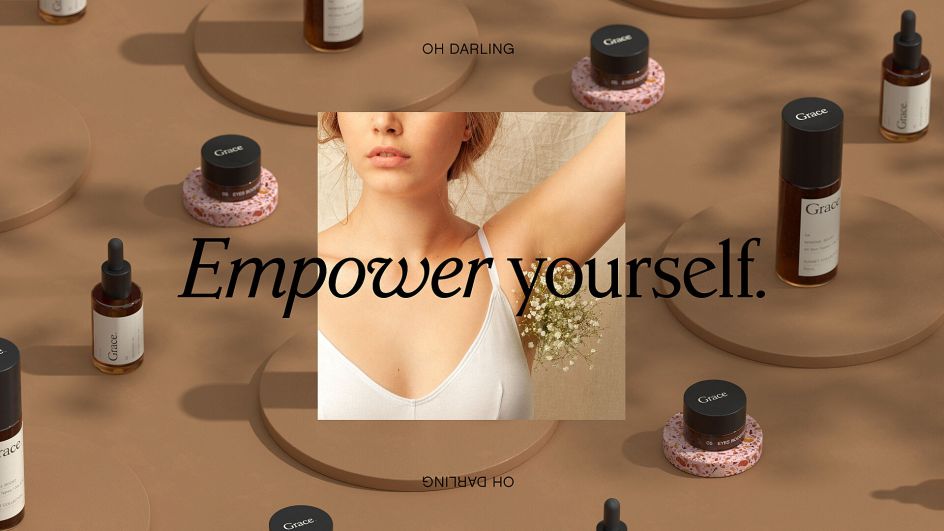
Grace Sunset Collection was a complete case study created at Not Real. A multidisciplinary creative studio focused on art direction and animation. It's about feeling good, healthy and safe in your own skin, empowering women into the idea that self-care is the new self-esteem.





 by Tüpokompanii](https://www.creativeboom.com/upload/articles/58/58684538770fb5b428dc1882f7a732f153500153_732.jpg)

 using <a href="https://www.ohnotype.co/fonts/obviously" target="_blank">Obviously</a> by Oh No Type Co., Art Director, Brand & Creative—Spotify](https://www.creativeboom.com/upload/articles/6e/6ed31eddc26fa563f213fc76d6993dab9231ffe4_732.jpg)









